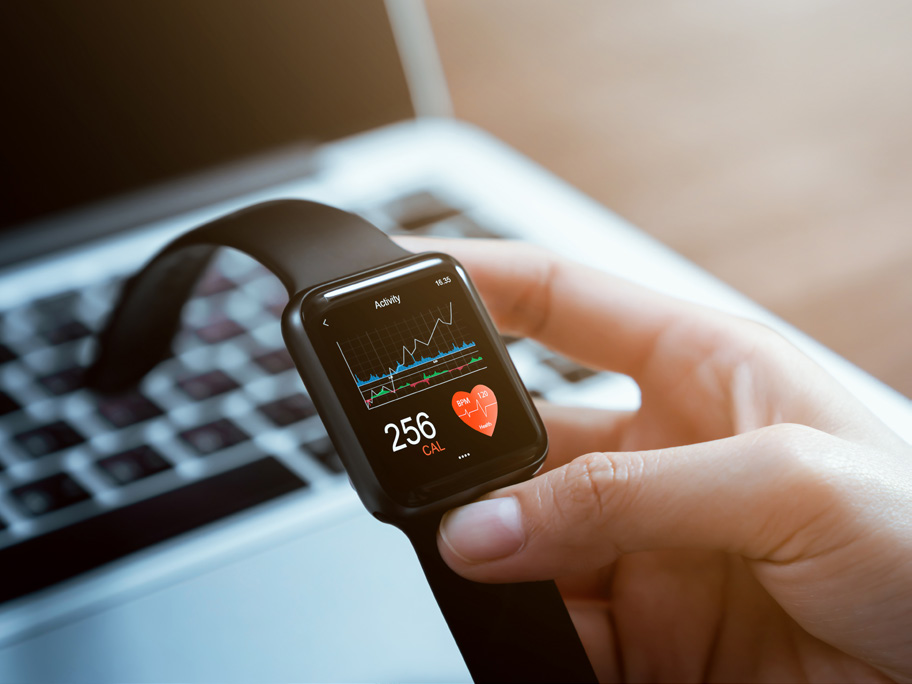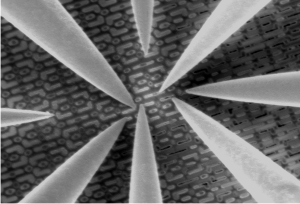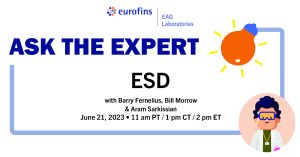
Package to Die: An Extraction Overview
With assemblies becoming more complex, incorporating technologies like multi-chip modules and 3D packaging, the need for precise extraction has grown significantly.
Home » A Deep Dive into High Powered Electronics
High Powered Electronics (HPE), also known as high power devices or power semiconductor devices (PEDs), are devices used in high voltage and high current applications. They typically are used to transmit large amounts of electricity over long distances, such as from generation centers to substations. This allows for the integration of renewable energy sources, like solar and wind, and enables diverse power sources. They allow energy systems to operate more efficiently by helping to minimize energy loss during conversion and control processes. HPEs are also space efficient, maximizing power output in compact systems. This market continues to grow and is projected to grow 4.93% each year from 2024-2029.1
The common types of HPEs are Metal-Oxide-Semiconductor
Field-Effect Transistors (MOSFETs), power diodes, thyristors, and Insulated Gate Bipolar Transistors (IGBTs). MOSFETs and IGBTs are power transistors – which are three terminal devices composed of semiconductor materials. They aid in the dissipation of heat and

minimize carbon dioxide emissions and the cost of electricity.2 Newer Field-Effect Transistors – or NFETs, are produced with Silicon Carbide (SiC) and Gallium Nitride (GaN). These materials have wider band gaps than preceding HPE’s produced with Silicon (Si), which help these newer HPEs to stop conductive leakages, operate at higher voltages, and manage temperatures more efficiently. They also have a higher power density at a smaller size, making them more spatially efficient. As we continue to look for ways to rely less on fossil fuels, there is higher demand for these types of power-efficient devices, prompting more companies to find ways to utilize SiC and GaN in HPEs and the continued growth of this sector of the market.3
One other material used for these devices is gallium oxide (Ga2O3). This is a semiconductor material with properties that make it a contender for HPE applications. It’s ultra-wide band gap (4.5 – 4.9eV) capabilities allow it to support high critical electric fields of up to 8MV/cm. Ga2O3 can operate at higher voltages which can increase efficiency, can support high currents and voltages with low energy losses, and can withstand high temperatures and radiation without serious degradation, making it a good choice for operating in adverse environments, such as space exploration. Lastly, Ga2O3 is relatively inexpensive and can be grown into high-quality films using low-cost techniques. Some potential applications for Ga2O3 in HPEs include electric vehicles, electric trains, and space crafts. Of note, there are some challenges with Ga2O3 that need to be addressed such as poor thermal conductivity, which can cause devices to overheat.

High Powered Electronics are used in a wide suite of applications, from consumer electronics and electric vehicles to railways and power plants and even artificial intelligence.
MOSFETs are used in smaller scale everyday applications for consumer electronics like phones, laptops, and smartwatches. In these devices, MOSFETs serve the purpose of managing voltage regulation and switching power on and off quickly. MOSFETs are also used to power electric vehicles, managing power within their batteries and acting as a key component within charging infrastructure.4 Today, the demand for MOSFETs is high and continues to grow as technologies develop further.
As the Artificial Intelligence market continues to grow, semiconductor technologies powering AI must develop further. Because of the massive amount of data processed and stored in AI applications, the design of high-powered electronics must allow for the most efficient data processing, which is when companies start to look at SiC, GaN and Ga2O3.
Eurofins EAG Laboratories is the world-leading materials characterization and engineering resource for semiconductor testing. EAG was initially founded to provide analytical services to semiconductor companies today our materials and microelectronic testing service are dedicated to providing the best information to add value for our customers within this sector. From prototype testing of devices in the ramp towards full scale production, to ensuring the purity of starting materials, we can help reduce development time and solve yield problems in the semiconductor manufacturing environment.
EAG offers a comprehensive suite of services for the semiconductor industry from advanced microscopy, failure analysis, material characterization, trace elemental analysis, FIB Circuit Edit and much more! Contact us today to connect with one of our experts. We would love to assist you with your semiconductor development and problem-solving.

With assemblies becoming more complex, incorporating technologies like multi-chip modules and 3D packaging, the need for precise extraction has grown significantly.

In this webinar we introduce EAG Analytical Capabilities in Europe at our Eindhoven and Toulouse Laboratories

Nanoprobing is crucial for understanding advanced semiconductor devices, finding faults, and conducting thorough failure analysis.

Damage caused by ESD is one of the primary failure mechanisms for integrated circuits. Testing susceptibility to ESD events is crucial in the success of electronic devices and is essential for the qualification process.
To enable certain features and improve your experience with us, this site stores cookies on your computer. Please click Continue to provide your authorization and permanently remove this message.
To find out more, please see our privacy policy.